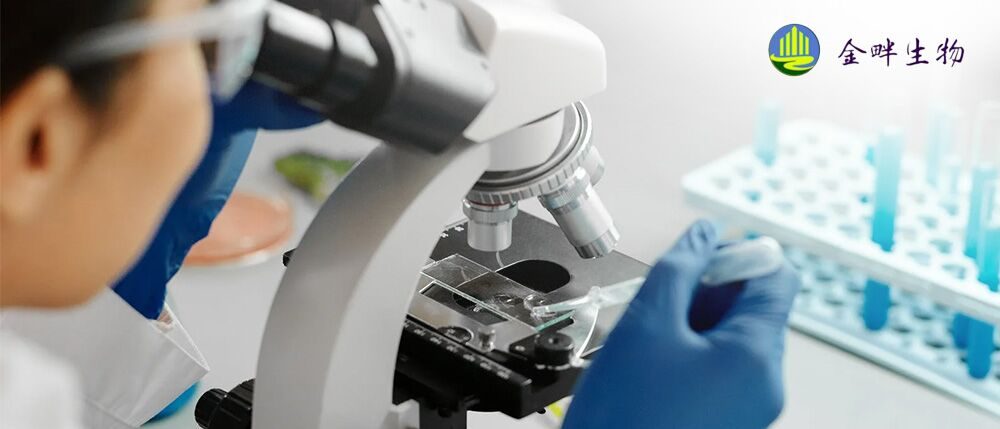A is for Aggregation A 代表聚合
Aggregation can be a deterrent to the crystallization of biological macromolecules including proteins, peptides, and nucleic acids. The presence of sample aggregation can be detected by either dynamic light scattering or native gel electrophoresis. Aggregation might be caused by hydrophobic patches on the surface of the sample, differently charged isoforms, differently phosphorylated isoforms, mixtures of methylated and non-methylated samples, glycosylation, as well as electrostatic interactions. Aggregation can be due to autologous aggregation where the protein is aggregating with itself or heterologous contamination where the sample is aggregating with other proteins. In the case of heterologous contamination, further purification of the sample should be seriously considered. In the case of autologous aggregation that precludes crystallization one might consider:
Using molecular biology to manipulate intra and inter molecule interactions by modifying the sample sequence (alter, add, or delete residues).
Use chemical additives to manipulate sample-sample and sample solvent interactions.
Detergents
Chaotropes (urea, guanidine hydrochloride, hydrochloric acid, etc)
Electrostatic agents
Alcohols (isopropanol, methanol, ethanol, etc)
Salts (sodium chloride, potassium chloride, sodium fluoride, etc)
Polyols (glycerol, PEG 400, etc)
Ligands, inhibitors, co-factors, and metals
Use temperature to prevent aggregation (0°C and 60°C)
Consider a fusion protein
Remove C-terminus or N-terminus
Truncate domains
Remove His-tag
In some cases aggregates can be removed by centrifugation or filtration.
In some cases the aggregates can be removed by mixing the sample with the crystallization reagent, allowing the sample to incubate for 15 minutes, centrifuging the sample/reagent mixture, removing the precipitate and setting the drop with the supernatant.
聚集可以阻止包括蛋白质、肽和核酸在内的生物大分子的结晶。可以通过动态光散射或天然凝胶电泳检测样品聚集的存在。聚集可能是由样品表面的疏水斑块、不同电荷的异构体、不同的磷酸化异构体、甲基化和非甲基化样本的混合物、糖基化以及静电相互作用引起的。聚集可能是由于蛋白质与自身聚集的自体聚集或样品与其他蛋白质聚集的异源污染。在异源污染的情况下,应认真考虑样品的进一步纯化。在排除结晶的自体聚集的情况下,可以考虑:
使用分子生物学通过修改样品序列(改变、添加或删除残基)来操纵分子内和分子间的相互作用。
使用化学添加剂来控制样品-样品和样品溶剂的相互作用。
洗涤剂
离液剂(尿素、盐酸胍、盐酸等)
静电剂
醇类(异丙醇、甲醇、乙醇等)
盐类(氯化钠、氯化钾、氟化钠等)
多元醇(甘油、PEG 400 等)
配体、抑制剂、辅因子和金属
使用温度防止聚集(0°C 和 60°C)
考虑融合蛋白
移除 C 端或 N 端
截断域
删除 His 标签
在某些情况下,可以通过离心或过滤去除聚集体。
在某些情况下,可以通过将样品与结晶试剂混合、让样品孵育 15 分钟、离心样品/试剂混合物、去除沉淀物并用上清液放置液滴来去除聚集体。
